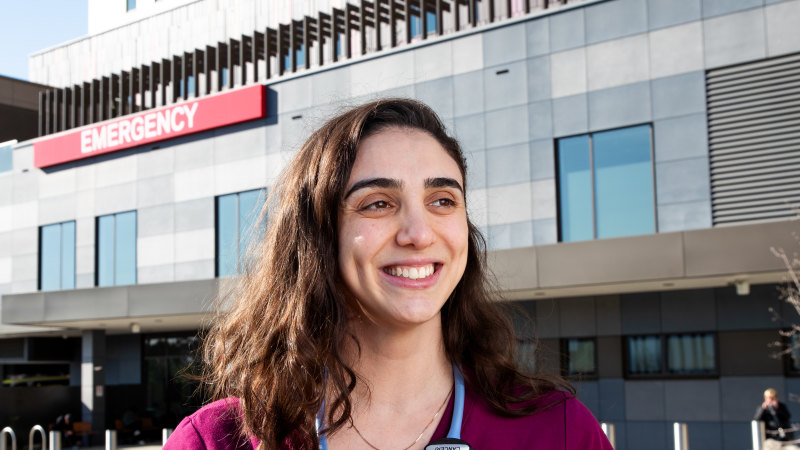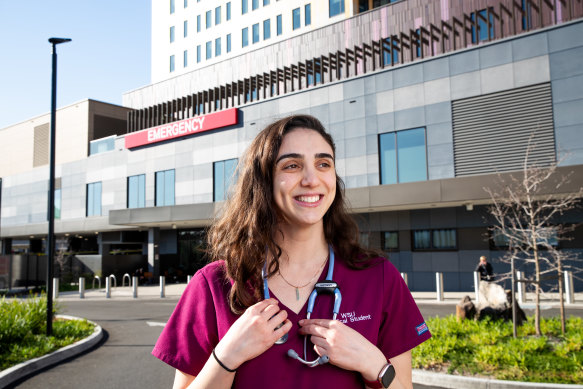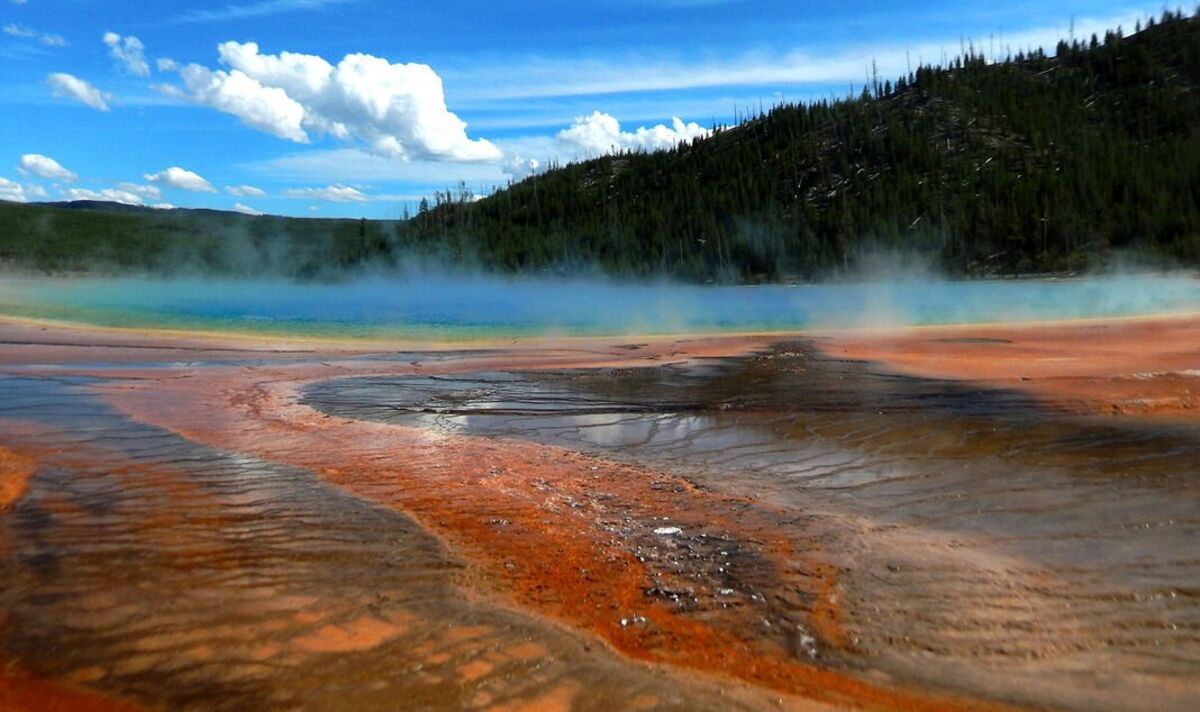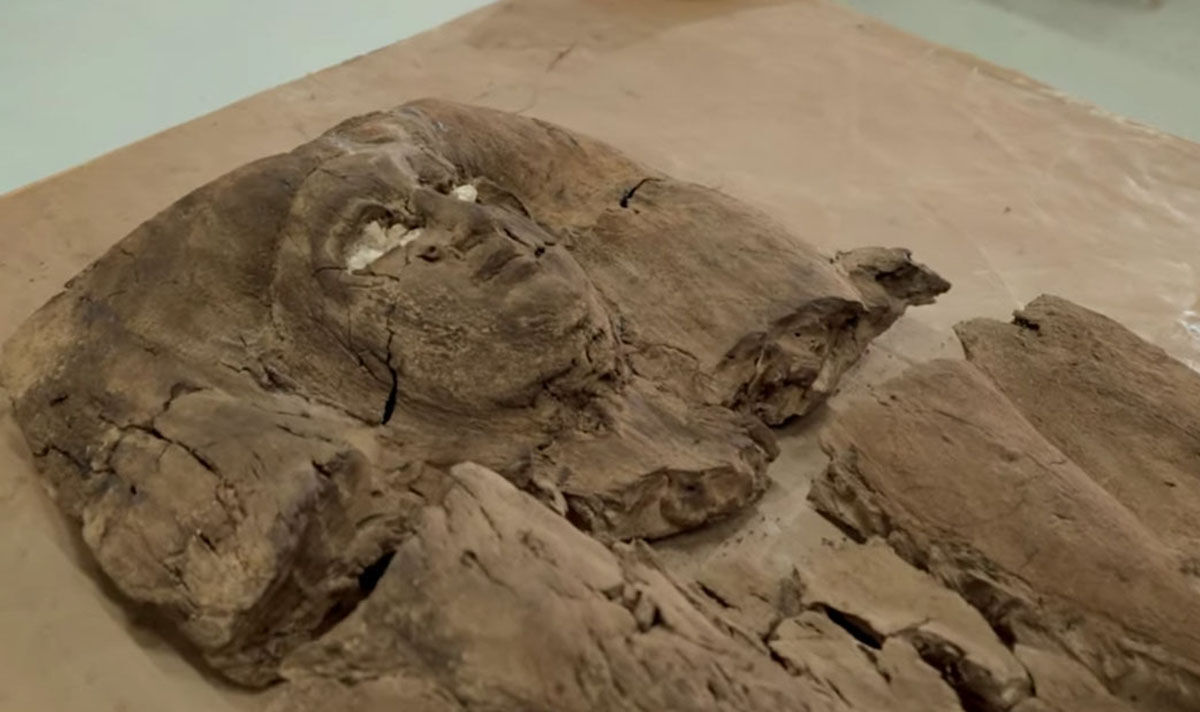Save articles for later
Add articles to your saved list and come back to them any time.
Key points
- 13.1 per cent of medical graduates say they want to pursue a career as a GP, the lowest proportion since 2012
- 38 per cent of all students surveyed said they wanted to practice outside of a capital city, regardless of their chosen field
- Nearly 10,000 additional GPs will need to be recruited by 2030 to avoid a serious workforce shortage, a Deloitte Access Economic report from 2019 found, with urban areas expected to suffer the most
When Josephine Canceri was struck down by a stomach bug while on a university immersion program in northern Western Australia, the closest doctor was two hours away and there was just a sole nurse providing care in the remote Indigenous community.
“That was the moment, as clichéd as it sounds, where I just felt I wanted to be the doctor in those scenarios,” she said. “GPs out there have to be jacks of all trades, and they are – because that’s what the community needs.”
The number of medical graduates wanting to become GPs has fallen to its lowest level in more than a decade and more students are choosing to start their careers outside Australia’s major capital cities.
Josephine Canceri was inspired to become a rural specialist GP after falling ill while on a placement in remote Western Australia. Credit: Edwina Pickles
Just 13.1 per cent of medical graduates say they want to pursue a career as a GP, the lowest proportion since 2012, according to the latest Medical Deans Report survey of more than 1000 graduates.
Royal Australian College of General Practitioners president Nicole Higgins said the decline was “a reflection of the last 10 years, where there’s been an undervaluing of general practice”. She hoped the federal government’s recent changes to bulk-billing incentives would encourage more graduates to pursue it.
“It takes 10 years [of training] to be a specialist GP, so we need to value it,” she said.
Just 1394 medical graduates applied for general practice training through the college in 2023, a 30 per cent drop since 2017. The 1248 accepted into the program is slightly down on the 2022 intake of 1313 graduates.
Nearly 10,000 additional GPs will need to be recruited by 2030 to avoid a serious workforce shortage, a Deloitte Access Economic report from 2019 found. Urban areas are expected to suffer the most.
Canceri, who grew up in suburban Sydney, is among the growing number of medical students who intend to train as rural generalists, who are GPs who receive additional training in emergency medicine and other specialties such as obstetrics or mental health.
“GPs out there have to be jacks of all trades, and they are – because that’s what the community needs,” she said.
The number of students who hoped to work in rural and remote medicine jumped to 5.8 per cent, and 38 per cent of students surveyed said they wanted to practice in regional cities, towns and rural communities, regardless of their chosen field.
In the RACGP’s annual Health of the Nation survey, GPs working in regional and rural areas reported higher job satisfaction and lower levels of burnout than their urban counterparts.
Uncompetitive pay and a lack of professional development opportunities prevent some young graduates from following through on their intention to work in regional and remote areas.
Canceri completed a year-long placement in Bathurst under the state government’s Assistants in Medicine program, but as the hospital was unable to guarantee the position would be funded by the incoming Labor government beyond 2023, she moved back to Sydney earlier this year to take up an emergency medicine internship at Campbelltown Hospital.
“I loved it [in Bathurst], and I would have stayed,” she said. “I think it’s a bit of a systemic issue … the fact that these rural health hubs have very limited opportunity for long-term placement and professional training.”
A government spokesman confirmed the program would continue, and said the ministry was working with universities and local health districts to improve the program next year.
Medical Deans Australia and New Zealand chief executive Helen Craig said the growing appeal of a career in the bush is the result of two decades of efforts by universities to expose medical students to regional and rural placements during their degrees.
“We need to continue to expand this, but also make sure that those graduates who wish to can stay in the regions during their internship and postgraduate training,” she said.
Craig said encouraging more students from country backgrounds to pursue medicine would help address doctor shortages in the regions: 72.6 per cent of graduates from rural backgrounds expressed a desire to move back to the regions for work.
NSW Health Minister Ryan Park said the government was providing incentives to boost the state’s regional workforce including a rural generalist training program and the preferential recruitment pathway for junior doctors who work their first two years in a rural location.
The Morning Edition newsletter is our guide to the day’s most important and interesting stories, analysis and insights. Sign up here.
Most Viewed in National
From our partners
Source: Read Full Article



